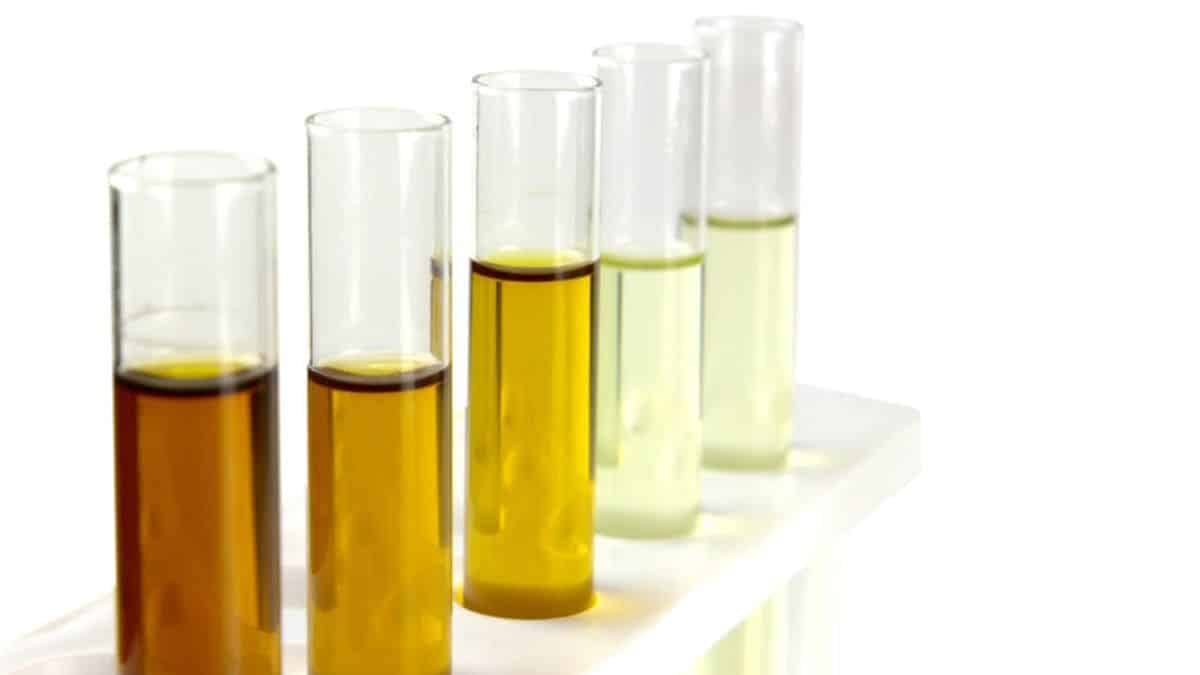The process of producing biofuel resources using cooking oils, vegetable oils or animal fats

A class of renewable energy derived from living materials are called biofuels. Corn ethanol, biodiesel, and biogas from organic byproducts are the most common biofuels. Energy derived from renewable resources eases the load on the finite supply of fossil fuels, which are classified as nonrenewable resources.
Biodiesels are derived from vegetable oils, yellow grease, used cooking oils and animal fats. The fuel is produced by the process of transesterification- a process that converts fats and oils into biodiesel and glycerin. In the presence of a catalyst or potassium hydroxide, approximately 100 pounds of oil or fat are reacted with 10 pounds of a short-chain alcohol to form 100 pounds of biodiesel and 10 pounds of glycerin. Pharmaceuticals and cosmetics commonly uses Glycerin, a sugar, in the manufacturing.
Biomass may be directly converted into liquid fuels, or “biofuels,” unlike other renewable energy sources, helping to meet the demand for transportation fuel. The two most widely used types of biofuels today are ethanol and biodiesel, both of which are products of the first generation of biofuel technology.
Despite the fact that biofuels are an important option for reducing greenhouse gas emissions, the State of Food and Agriculture 2008 report points out that in many cases improving energy efficiency and conservation, boosting carbon sequestration through reforestation or modifying agricultural practices, or using other renewable energy sources can be more cost-effective alternatives.


